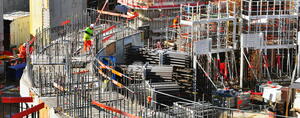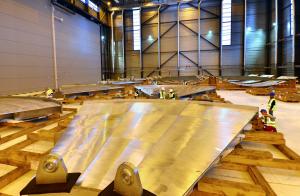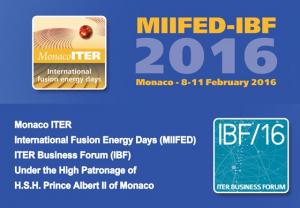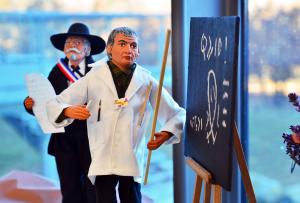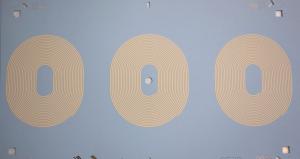What’s New
22 December 2015
ITER news digest for the period of 14 December 2015 to 22 December 2015.

News & views on fusion in Europe
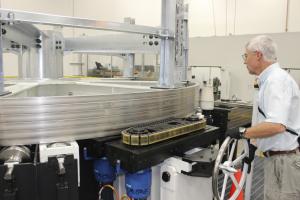
2015 highlights from US ITER

An Advent calendar of fusion spinoffs


